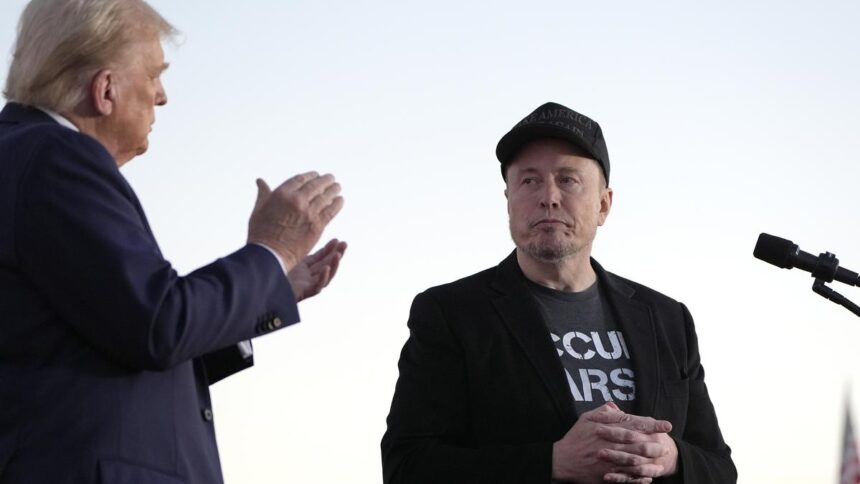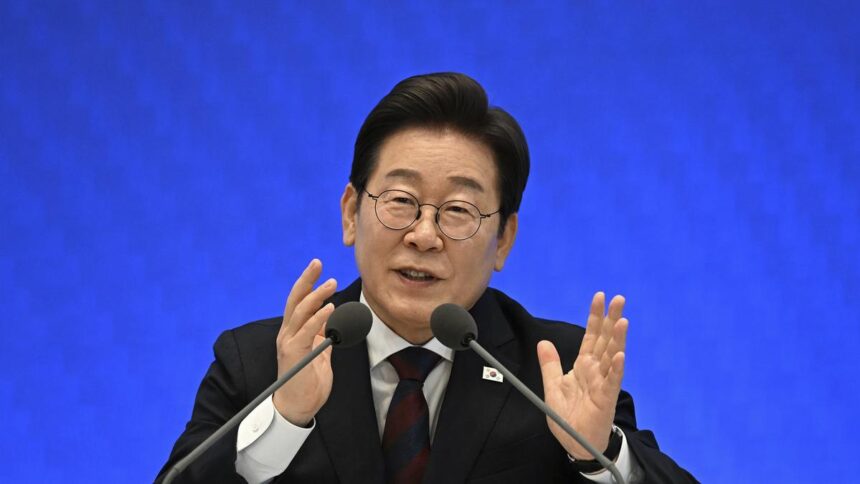
The U.S. Supreme Court cleared the way for President Donald Trump’s administration to resume dismantling the Department of Education. File
| Photo Credit: Reuters
The U.S. Supreme Court on Monday (July 14, 2025) cleared the way for President Donald Trump’s administration to resume dismantling the Department of Education, part of his bid to shrink the federal government’s role in education in favour of more control by the states.
In the latest high court win for Mr. Trump, the justices lifted a federal judge’s order that had reinstated nearly 1,400 workers affected by mass layoffs at the department and blocked the administration from transferring key functions to other federal agencies. A legal challenge is continuing to play out in lower courts.
The court’s action came in a brief, unsigned order. Its three liberal justices dissented.
A group of 21 Democratic attorneys general, school districts and unions behind a pair of legal challenges had warned in court papers that Mr. Trump’s shutdown efforts threatened to impair the department’s ability to perform its core duties.
Editorial | Lessons not learnt: On Trump and the Department of Education
Created by Congress in 1979, the Department of Education’s main roles include administering college loans, tracking student achievement and enforcing civil rights in schools. It also provides federal funding for needy districts and to help students with disabilities.
Federal law prohibits the department from controlling school operations including curriculum, instruction and staffing. Authority over these decisions belongs to state and local governments, which provide more than 85% of public school funding.
The department’s Republican critics have portrayed the department as a symbol of bureaucratic waste, underlining the need for smaller federal government in favor of greater state power.
In March, Mr. Trump sought to deliver on a campaign promise to conservatives by calling for the department’s closure.
“We’re going to be returning education, very simply, back to the states where it belongs,” Mr. Trump said on March 20 before signing an executive order to close the department to the “maximum extent” allowed by law.
Mr. Trump said that certain “core necessities” would be preserved, including Pell grants to students from lower-income families and federal funding for disadvantaged students and children with special needs, though he said those functions would be redistributed to other agencies and departments.
Mr. Trump in March directed that the department transfer its $1.6 trillion student loan portfolio to the Small Business Administration and its special education services to the Department of Health and Human Services.
Although formally eliminating the department would require an act of Congress, the downsizing announced in March by Education Secretary Linda McMahon aimed to slash the department’s staff to roughly half the size it was when Mr. Trump took office in January.
Boston-based U.S. District Judge Myong Joun, an appointee of Democratic former President Joe Biden, concluded in a May 22 ruling that the mass firings would “likely cripple the department.” He ordered the affected workers to be reinstated and also blocked the administration’s plan to hand off department functions to other federal agencies.
The plaintiffs, Mr. Joun wrote, are “likely to succeed in showing that defendants are effectively disabling the department from carrying out its statutory duties by firing half of its staff, transferring key programs out of the department, and eliminating entire offices and programs.”
The Boston-based 1st U.S. Circuit Court of Appeals on June 4 rejected the Trump administration’s request to pause the injunction issued by the judge.
The Justice Department in a court filing asking the Supreme Court to lift Mr. Joun’s order, accused him of judicial overreach.
The plaintiffs warned that mass firings at the department could delay the disbursement of federal aid for low-income schools and students with special needs, prompting shortfalls that might require cutting programs or teaching staff.
They also argued in court papers that Mr. Trump’s shutdown effort would undermine efforts to curb discrimination in schools, analyze and disseminate critical data on student performance and assist college applicants seeking financial aid.
Published – July 15, 2025 01:21 am IST




















